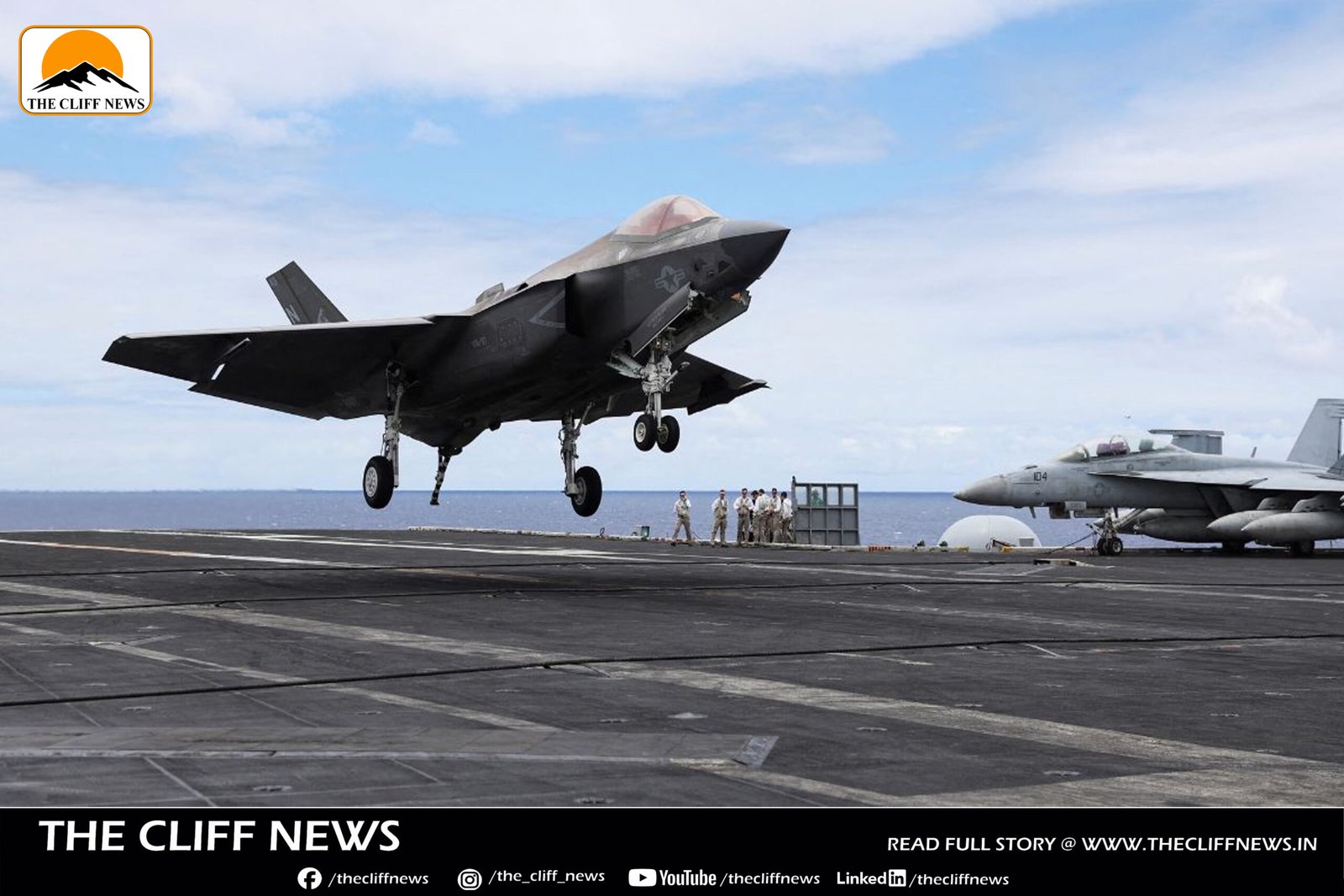In a dramatic shift with far-reaching strategic implications, the United States has withdrawn nearly all its military aircraft from the Al Udeid Airbase in Qatar, amid rising fears of Iranian retaliation in the escalating Israel-Iran conflict. Satellite imagery dated June 19, accessed by AFP and confirmed by Planet Labs PBC, shows almost total evacuation of aircraft previously stationed at the base.
Just two weeks earlier, satellite photos revealed over 40 military planes — including C-130 Hercules transporters, surveillance aircraft, and aerial refueling tankers — stationed at the base. The June 19 images, however, show just three aircraft remaining. The Pentagon has not issued an official statement, but analysts believe the drawdown is a precautionary move against potential Iranian missile or drone strikes targeting U.S. assets in the Gulf region.
Al Udeid, located less than 300 km from Iran, is the largest American military facility in the Middle East. Defense experts told AFP the base is now “extremely vulnerable” given its proximity to Iranian missile launch sites.
In a parallel development, the U.S. Embassy in Qatar issued a security advisory, citing “ongoing regional hostilities” and restricted access to Al Udeid “out of an abundance of caution.” American personnel have been instructed to remain vigilant.
Trump Signals Decision Imminent on Iran Strike
Meanwhile, U.S. President Donald Trump is reportedly weighing a potential military strike against Iran, with a decision expected within the next two weeks. During a Thursday briefing, White House Press Secretary Karoline Leavitt said:
“There’s a substantial chance of negotiations that may or may not take place with Iran in the near future. Based on that, [President Trump] will make his decision.”
Trump, speaking to reporters after his recent G7 summit visit, remained characteristically elusive:
“I may do it, I may not do it. I mean, nobody knows what I’m going to do.”
He also hinted on Truth Social that the U.S. is planning something “much bigger than that,” fueling speculation about larger strategic military or diplomatic maneuvers.
U.S.-Iran Channels Remain Open
Despite rising tensions, communications between Washington and Tehran remain active. Iranian state media reports suggest that U.S. special envoy Steve Witkoff has held multiple conversations with Iranian Foreign Minister Abbas Araghchi since June 13, when Israel launched direct strikes on Iranian nuclear and military sites, triggering the current escalation.
While negotiation details remain confidential, both sides appear to be exploring de-escalation options, even as rhetoric and military posturing intensify.
With satellite images now revealing a near-empty Al Udeid base, the international community is watching closely. Whether the U.S. moves toward direct military engagement, or opts for backchannel diplomacy, the next few days could prove decisive in shaping Middle East stability and global energy security.



